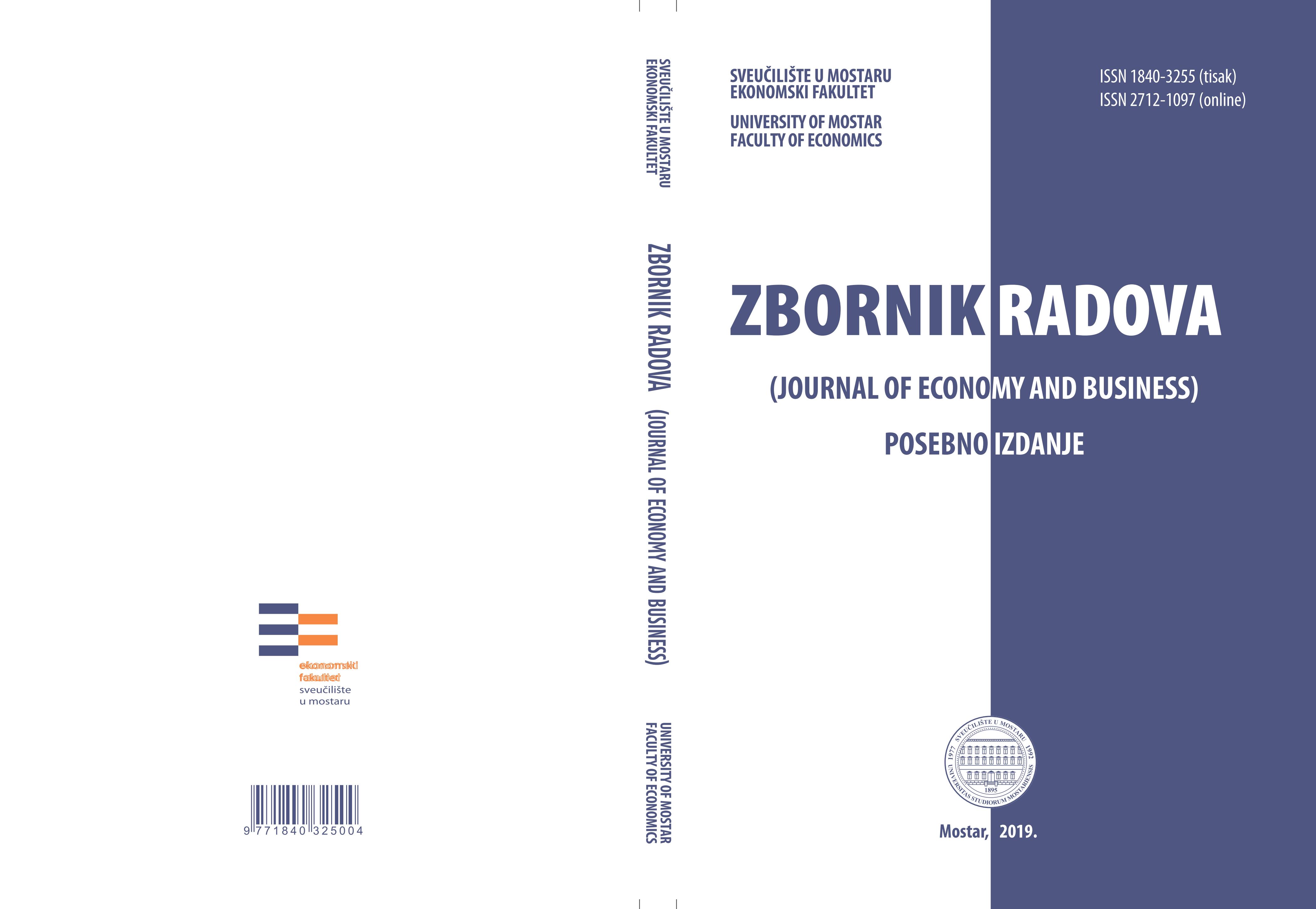KOMPARATIVNI PRIKAZ REGULATIVE SPORAZUMA O TRANSFERNIM CIJENAMA U ZEMLJAMA EUROPSKE UNIJE
COMPARATIVE PRESENTATION OF THE REGULATION OF ADVANCED PRICING AGREEMENTS IN THE EUROPEAN UNION COUNTRIES
Author(s): Hrvoje PerčevićSubject(s): Economy, Supranational / Global Economy, Financial Markets
Published by: Ekonomski fakultet, Sveučilište u Mostaru
Keywords: advanced pricing agreements; transfer pricing; related companies; transfer price risk; tax administration;
Summary/Abstract: Transfer prices are the prices on which transactions between connected persons occur, usually between affiliated companies that are members of the same group. By globalization of business and continuous business mergers of companies operating in the global market, transfer prices become a significant instrument for the allocation of consolidated profits between affiliated companies within the International group. In order to prevent manipulation with transfer pricing, the tax administration seeks to continuously carry out supervision of transactions between affiliates and transfer pricing, whereby such transactions are realised, notably by analysing and controlling Transfer pricing documentation drawn up by the related companies (taxpayers). However, due to the limited resources of the tax administration, they are not able to carry out full and detailed transfer pricing controls in all transactions between related companies within their jurisdiction, which the tax administrations face with the existence of a significant risk transfer pricing. At risk of transfer pricing is assumed the risk of non-compliance of transfer pricing in transactions between related companies with an arm’s length principle and is inherent in both tax administrations and related companies that are taxpayers. The risk of transfer pricing at tax payers relates to the risk of tax base correction and, consequently, to the correction of tax liabilities due to transfer pricing established contrary to an arm’s length principle. Therefore, both tax administrations and related companies (taxpayers) strive to manage the risk of transfer pricing in order to minimise it as much as possible. One of the most significant risk management instruments of transfer pricing are the advanced pricing agreements concluded between the related companies (taxpayers) and one or more tax administrations. The advanced pricing agreement defines in advance the assumptions, conditions, criteria and methods for determining transfer pricing in specified transactions between related companies for a given period of time, which significantly minimises the transfer pricing risk at both, taxpayers and tax administrations. This paper analyzes and systematises the possibility and availability of advanced pricing agreements in the European Union countries and explores the extent to which the regulation of transfer pricing arrangements in the European Union is compliant. The results of the survey showed that in most of the European Union Member States, the regulatory framework enables the application of advanced pricing agreement and that in most countries of the European Union are available all three types of advanced pricing agreements. In terms of regulation, the European Union countries differ in the calculation of fees for the conclusion of the advanced pricing agreement, as well as in the time-limit for the conclusion of the advanced pricing agreement.
Journal: Zbornik radova
- Issue Year: 2019
- Issue No: Special
- Page Range: 145-174
- Page Count: 30
- Language: Croatian

